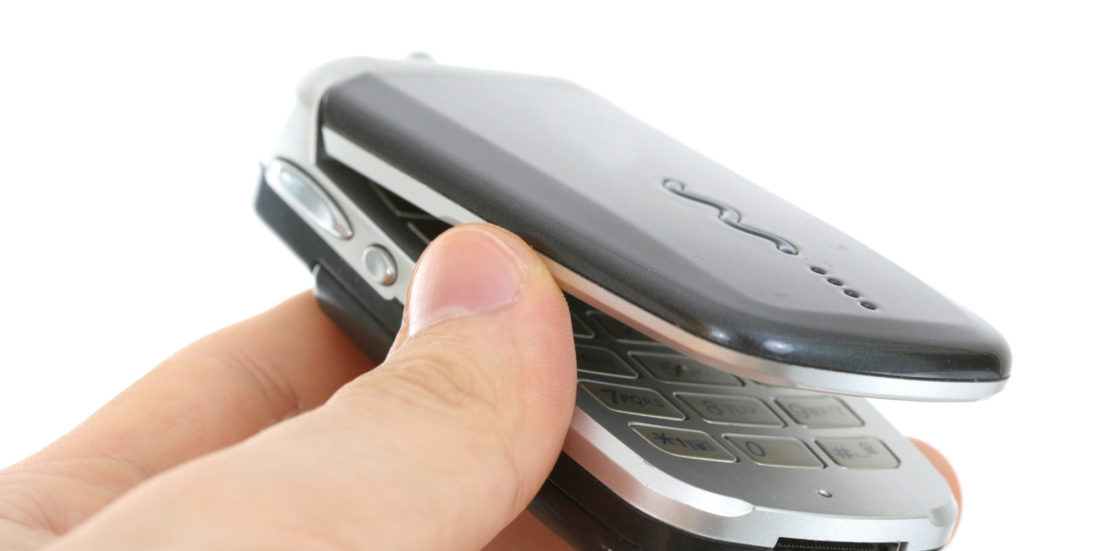Mobile phones warm your ear
The temperature in and around your ear rises when you use a mobile phone – by at least 2 degrees.

A HOT EAR: Infrared imagery shows how the ear’s temperature increases when a turned-off mobile phone is held against it for 30 minutes.
What is the connection between the use of mobile telephones and physiological head problems? Is your mobile to blame if your head feels hot or cold, if you experience headaches or develop a brain tumour? A recent study shows that the use of mobile phones does in fact increase the temperature in and around the ear against which the mobile is held. The reason behind the increase may surprise you, however.
A 1.6-DEGREE INCREASE – BUT WHY?
Associate professor Gunnhild Oftedal at the Sør- Trøndelag University College (HiST) had previously conducted a survey in Norway and Sweden where she asked 12 000 individuals if they had ever experienced discomfort from using their mobile phones.
Twenty-three per cent of Norwegians and 8.7 per cent of Swedes answered affirmatively. The sensation of heat was the most common problem listed. Along with Professor Anders Johnsson and Aksel Straume, a PhD student at NTNU, Oftedal has recently completed a new lab study based on Straume’s doctoral research.
The researchers examined whether or not the use of mobile phones leads to an increase in temperature, and if yes,why?
They asked a young, healthy man to hold his mobile against his ear for half an hour. The result was an increase in temperature around the ear of 1.6 degrees Celsius. The conclusion seems obvious: the radiation from the telephone must have caused the warming. But not so. The phone was switched off and without power.
The experiment was then repeated with a phone that was switched on, but with an antenna that had been altered so that it did not send or receive signals. The result was an additional increase in temperature of 0.6 – 0.7 degrees. Finally, the test subject was given a fully functional phone that had been switched on and had an active antenna. This time there was no detectable change in temperature.
“This suggests that the warming can be explained by the insulation from a piece of plastic covering the ear,” says Oftedal. In other words: any plastic object of the same shape and size would have the same effect. The increase in temperature when the phone was switched on was simply caused by the battery heating up the plastic.
ARE WE COOKING OUR BRAINS?
When scientists talk of possible health hazards due to the use of mobile phones, they explain it in terms of thermal and non-thermal effects. Thermal effects refer to the biological changes caused by increased temperatures in body tissue, where electromagnetic fields cause the warming. Increases of more than 1 degree Celsius may lead to health problems. It has been documented, for example, that an increase of 1-2 degrees in the eye may damage it. Non-thermal effects are when electromagnetic radiation affects us in ways other than by heating us up.
One issue is whether the use of active mobile phones may cause the head’s temperature increase. Another matter is whether or not this warming is a health risk. Damage to the eye has already been described as one effect. More diffuse problems like headaches are also possible side effects of mobile phone use. But are these problems caused by warming alone? The electromagnetic radiation from mobile phones may well affect us in other ways, too. Oftedal stresses that scientists are skating on thin ice when discussing these issues. They know little about the cause-and-effect mechanisms involved, and hence cannot eliminate the possibility that the effect of electromagnetic fields, however weak in mobile phones,may cause health problems.
MOBILE PHONES AND HEADACHES
Because of these many unknowns, a new survey is under way. The goal is to determine if there is a connection between electromagnetic radiation in mobile phones and headaches. The plan is to seek out individuals who experience headaches they believe result from the use of mobile phones. “The participants will be observed in two different situations: one in which they are exposed to electromagnetic fields similar to those in mobile phones, and one in which they are not.
The study will be what we call a double blind study – meaning that neither the subject nor the researcher will know when they are being exposed. In this way we hope to get scientifically sound evidence,” says Gunnhild Oftedal.
Tore Oksholen





